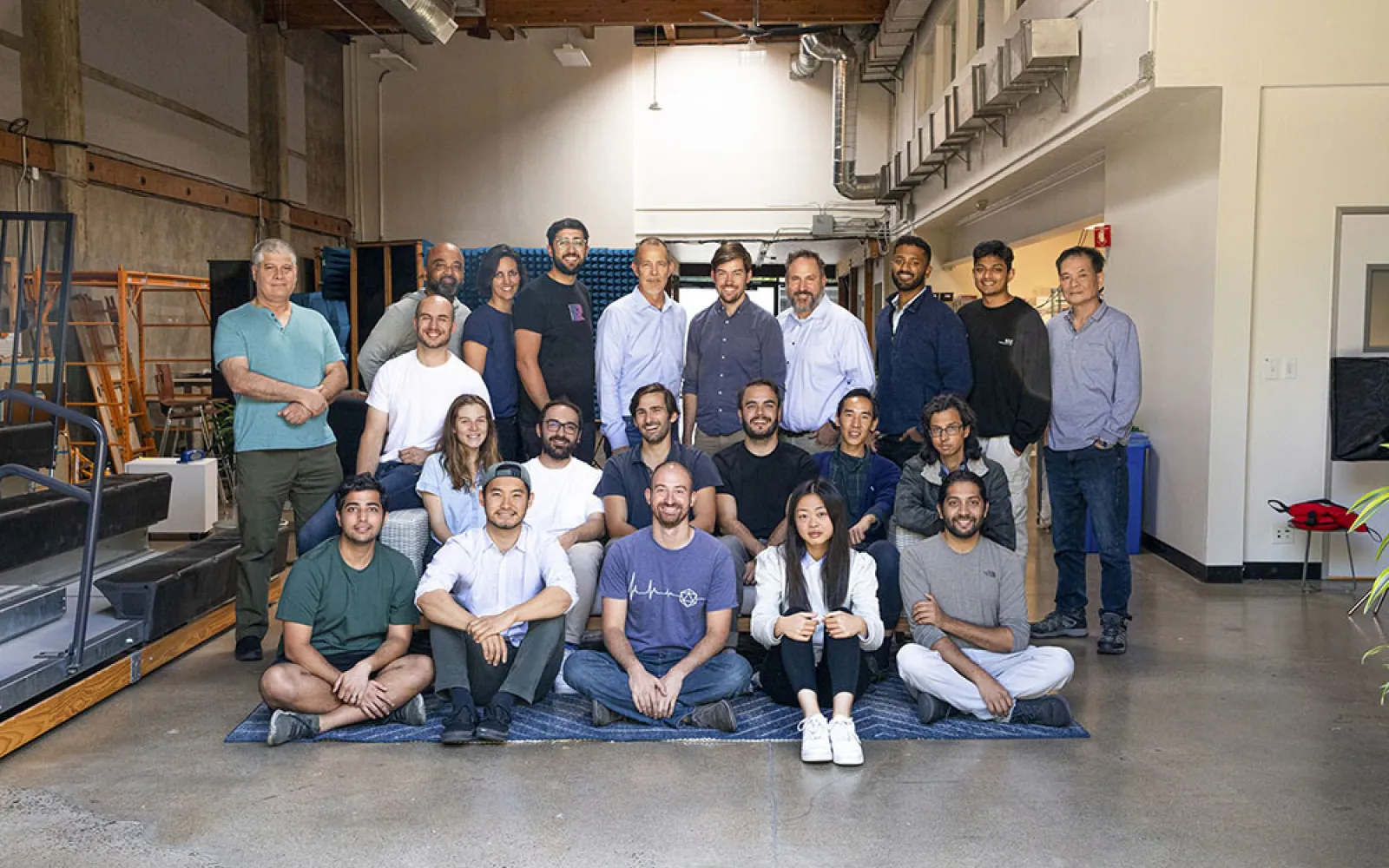

Reach
Untethering the powering of electrical devices
In 1750 Benjamin Franklin published a paper showing how a lightning rod could capture an electrical charge and store it in a glass jar, where it could be released at will. A hundred and forty years later, Nikola Tesla, from his offices in lower Manhattan, demonstrated electrical transmission using radio frequency to generate high-voltage, high-frequency currents. For those in the electrical power industry, widespread wireless power is a dream 250 years in the making.
Imagine both low- and high-power wireless electricity delivered easily and affordably, much as Wi-Fi and 5G cellular connect all our devices to the Internet today. What if the means of transmission resembled the self-organizing routers billions of consumers use today? That is what Reach and its founder Chris Davlantes are now delivering: reliable, safe wireless power at scale.
After leading Reach’s Series A in 2019, we are excited to lead the company’s $30 million Series B. With this funding, the Reach team will move into commercial production for a range of companies across the manufacturing, retail, and government markets. Reach has quietly been demonstrating systems to manufacturing/supply chain, retail, and government customers for the past two years. In the presently stealthy world of wireless power, Reach is well-known for making the impossible work — and cost-effectively.
Reach’s wireless power delivers a capability that few have imagined and where several have failed. Other than putting an iPhone on a charging plate, few people have used wireless power. Because we have all been powering things with wires and batteries our entire lives, the arrival of wireless power bends the imagination or even frightens us. Yet Reach’s system is safe and reliable, and we believe it will transform our daily lives.
In a few years, we will look back on a world where electricity required wires or batteries in the same way we recall needing an Ethernet cable to connect to the Internet.
As an investor, there are multiple models for working with startups: fund and observe, fund and guide, or fund and get down and get dirt under your fingernails. The last is the most rewarding. DCVC has loved working side-by-side with Chris and his team on their biggest priorities, from product-market fit to team building to market signaling. This is a complex market, and literally trillions of dollars of value are at stake.
Timing matters, too. It is no coincidence that Reach is taking its industry-leading low- and high-power technology into the market just as humanity is going through the electrification-of-everything and dealing with climate disruption, which is forcing the entire world to rethink carbon-emitting forms of power generation. From appliances to tools to cars to drones and aircraft, electricity is replacing combustion engines as a primary power source.
If that was not enough of a tailwind for Reach, the Internet-of-Things revolution is delivering hundreds of billions of sensors, processors, and other devices that require electricity. Today billions of lithium-ion batteries — which require constant replacement — support an array of ubiquitous computing and machine learning applications. Reach can help eliminate or extend the value of a vast percentage of these power sources.
Reach breathes life into an array of systems that can fundamentally alter supply chains, create intelligence where it did not exist, and keep us safer. And this is just the start. As wireless power takes off, entire industries will have better control over their operations: gone will be millions of miles of electrical wiring that is time-consuming to install and expensive to maintain; ditto regarding the batteries required where wiring is infeasible. Over time, Reach will increasingly power many of the devices in a community.
Rarely do investors get the kind of opportunity famed venture capitalist Spencer Trask had in backing Thomas Edison as he built the nation’s first electrical network. Reach is a generational investment opportunity, which is why our firm is putting so much support behind it. We are honored to partner with Chris and team and could not be more optimistic about Reach, its technology, and its mission: untethering power in an increasingly electrified world.




